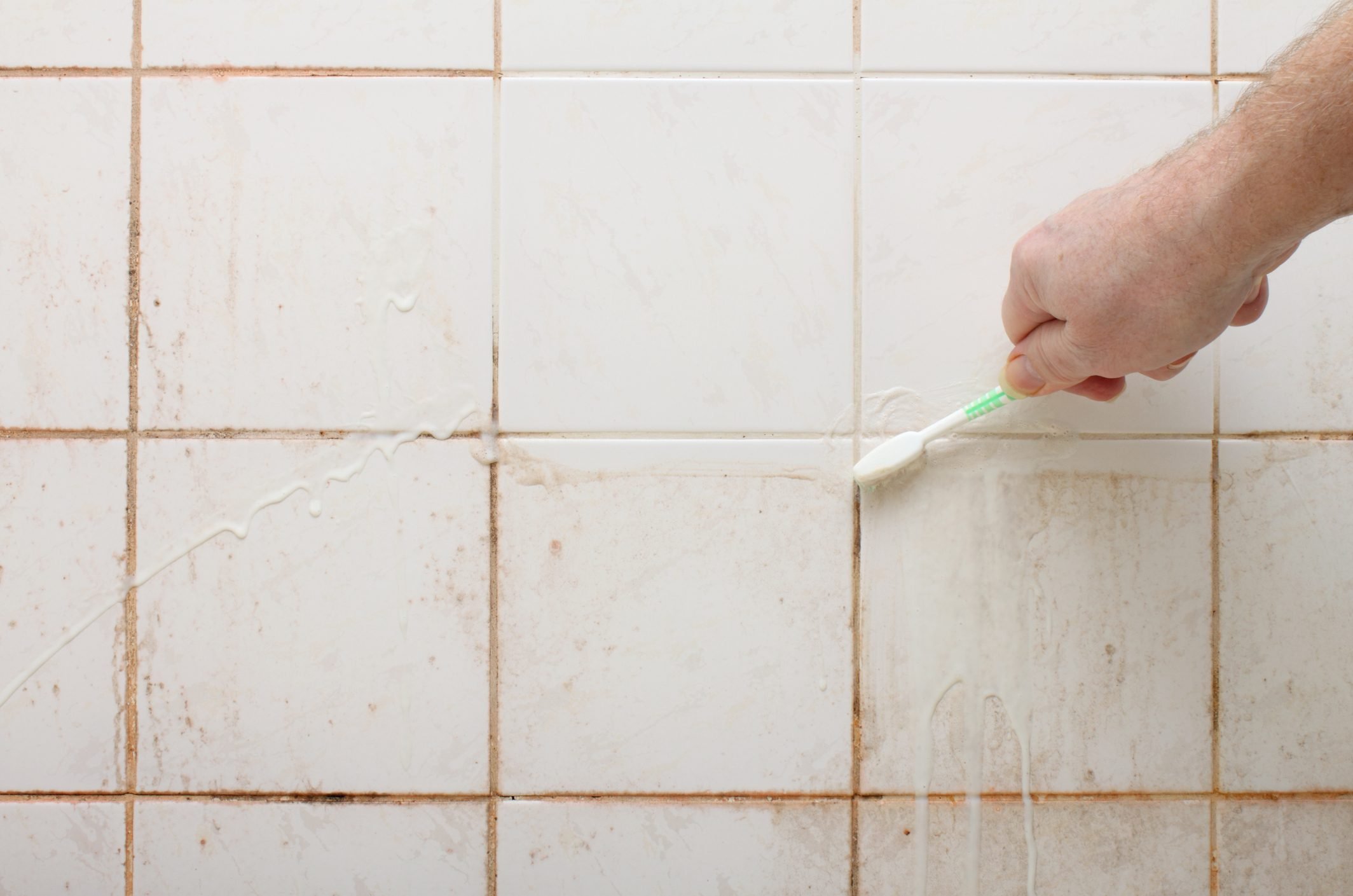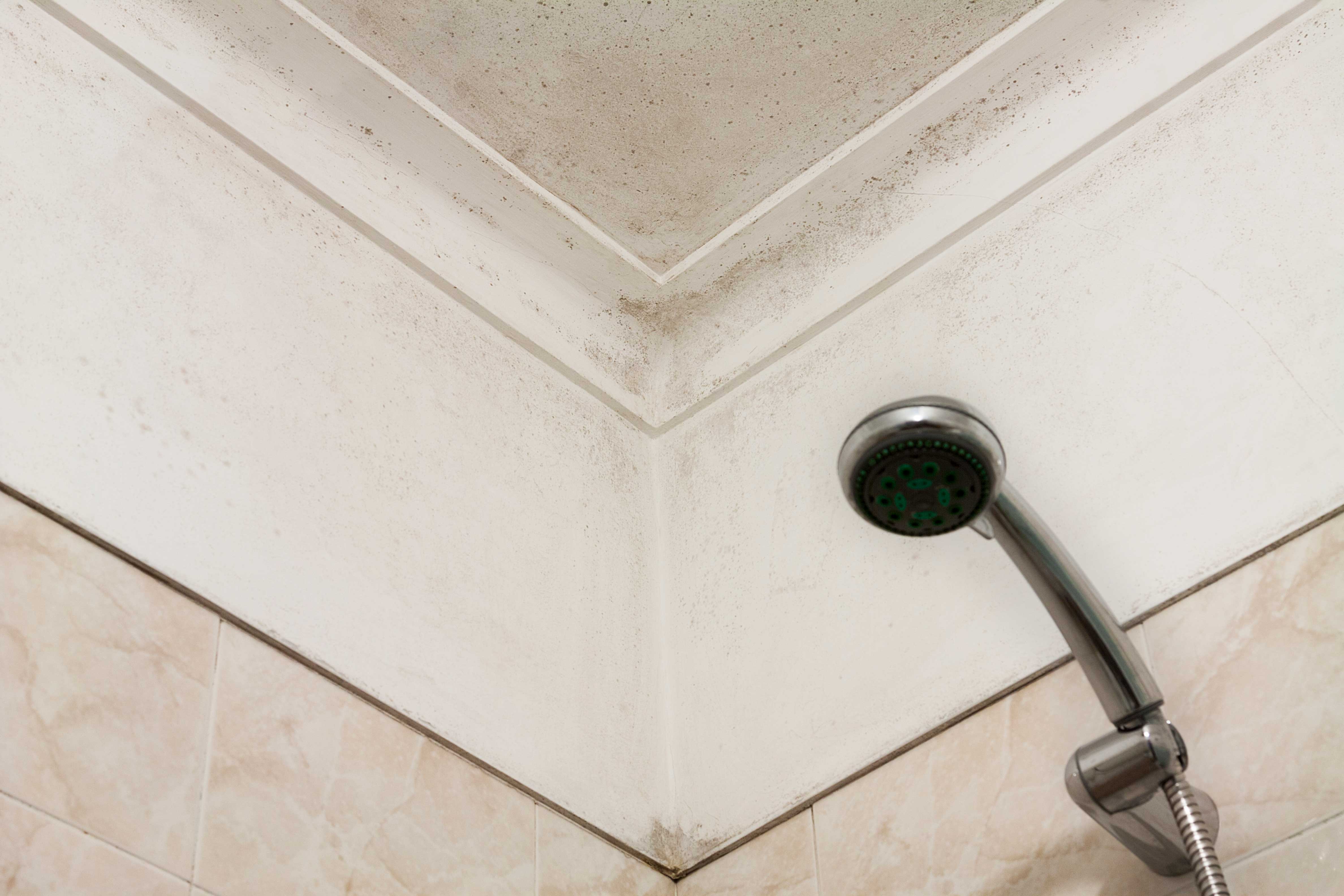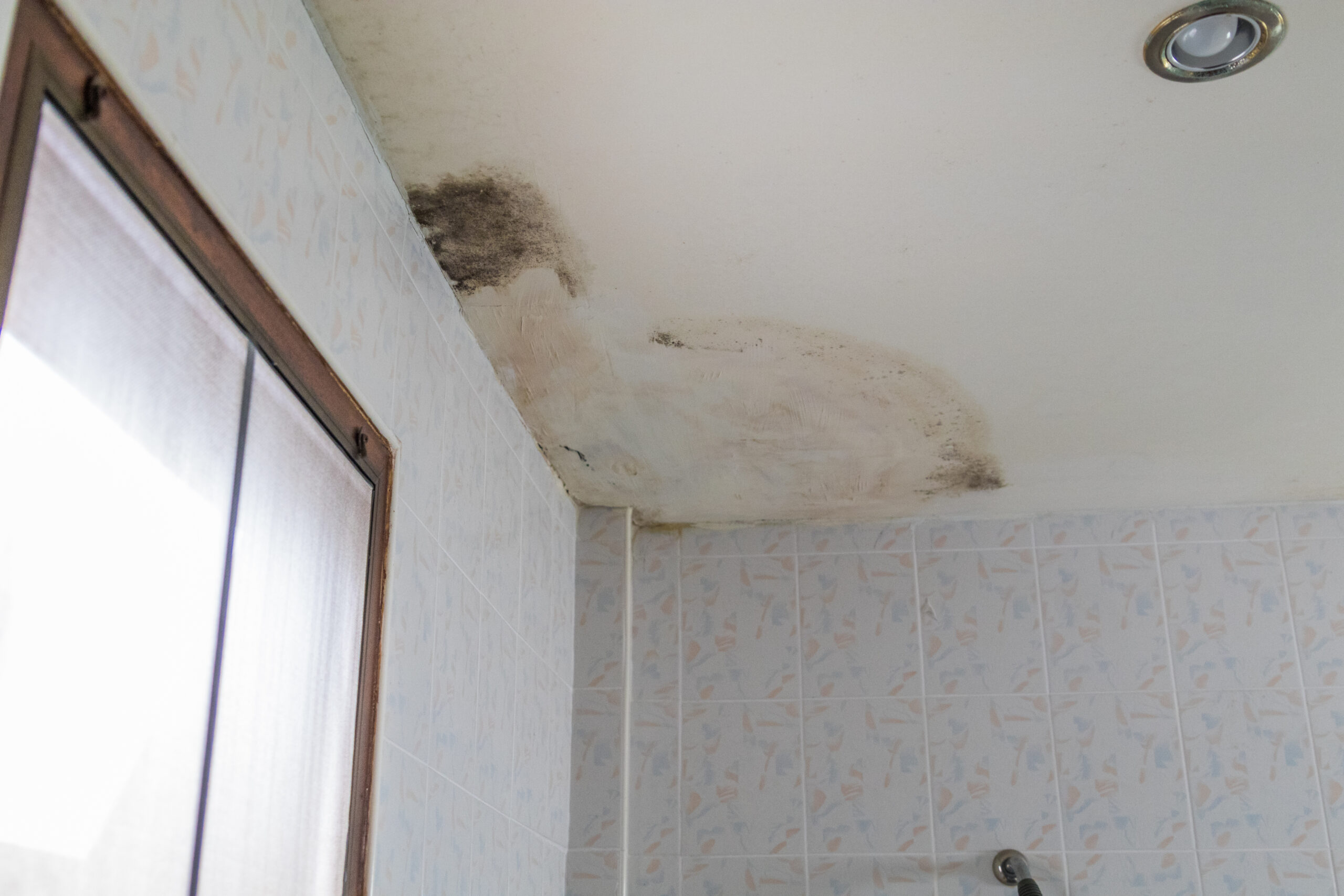Identifying Red Mold: Red Mold On Bathroom Ceiling

Red mold, also known as Serratia marcescens, is a type of bacteria that can thrive in moist environments, particularly in bathrooms. Its presence can be a sign of a moisture problem, which needs to be addressed to prevent further growth and potential health risks.
Appearance of Red Mold
Red mold typically appears as small, reddish-pink spots or patches on surfaces. The color can vary from light pink to a deep red, depending on the strain of bacteria and the conditions in which it is growing. The texture of red mold can be powdery, slimy, or even fuzzy, depending on its age and growth stage.
Locations of Red Mold Growth
Red mold commonly appears in bathrooms due to the high humidity levels and presence of water. It can be found on various surfaces, including:
* Bathroom ceilings: Red mold often appears on bathroom ceilings, particularly in areas with poor ventilation.
* Walls: Red mold can also grow on bathroom walls, especially near showers, tubs, and sinks.
* Grout: The grout between bathroom tiles can be a breeding ground for red mold.
* Shower curtains: Red mold can grow on shower curtains, particularly in areas where they are constantly exposed to moisture.
* Toilet bowls: Red mold can sometimes appear inside toilet bowls, especially if the bowl is not cleaned regularly.
Characteristics of Red Mold
| Mold Type | Color | Texture | Location |
|---|---|---|---|
| Red Mold (Serratia marcescens) | Pink to Red | Powdery, Slimy, Fuzzy | Bathroom ceilings, walls, grout, shower curtains, toilet bowls |
Causes of Red Mold Growth

Red mold thrives in damp, humid environments, making bathrooms a prime location for its growth. Understanding the factors that contribute to red mold growth is crucial for preventing its appearance and maintaining a healthy living space.
Humidity and Moisture
Humidity plays a vital role in the growth and spread of red mold. Red mold requires moisture to survive and reproduce. High humidity levels, typically above 60%, create a favorable environment for mold spores to germinate and flourish. The presence of moisture in bathrooms, from showering, bathing, and even condensation, can significantly contribute to red mold growth.
Poor Ventilation and Inadequate Air Circulation
Proper ventilation is essential for removing excess moisture and preventing the buildup of humidity. Poor ventilation allows moisture to linger in the air, creating a breeding ground for red mold. Bathrooms with inadequate ventilation, such as those lacking exhaust fans or with malfunctioning fans, are particularly susceptible to mold growth. Insufficient air circulation also contributes to the problem by preventing the drying of surfaces, further promoting mold development.
Leaks and Water Damage
Leaks and water damage can create ideal conditions for red mold growth. Water leaks from pipes, faucets, or even roof leaks can saturate surfaces, providing a constant source of moisture for mold. Even minor leaks that go unnoticed can lead to significant mold growth over time. Water damage from flooding or spills can also create a breeding ground for mold, especially if the affected areas are not promptly dried and cleaned.
Health Risks and Prevention

Red mold, while unsightly, can also pose health risks, particularly for individuals with compromised immune systems or respiratory issues. Understanding these risks and taking preventative measures is crucial for maintaining a healthy home environment.
Health Risks Associated with Red Mold Exposure, Red mold on bathroom ceiling
Exposure to red mold spores can trigger various health problems, especially in sensitive individuals. The severity of symptoms can vary depending on the level of exposure and individual susceptibility.
- Respiratory Issues: Inhaling red mold spores can irritate the respiratory system, leading to symptoms like coughing, sneezing, wheezing, and shortness of breath. In some cases, it can exacerbate existing conditions like asthma or allergies.
- Allergic Reactions: Red mold spores can act as allergens, triggering allergic reactions in sensitive individuals. Symptoms can include itchy eyes, runny nose, skin rashes, and even hives.
- Mycotoxin Exposure: Some red mold species produce mycotoxins, which are toxic substances that can cause various health problems. Long-term exposure to mycotoxins can lead to headaches, fatigue, nausea, and even neurological issues.
Symptoms of Red Mold Spore Inhalation
The symptoms of red mold exposure can vary depending on the individual and the level of exposure. However, common symptoms include:
- Respiratory Symptoms: Coughing, sneezing, wheezing, shortness of breath, chest tightness.
- Allergic Reactions: Itchy eyes, runny nose, skin rashes, hives.
- Other Symptoms: Headaches, fatigue, nausea, dizziness, difficulty concentrating.
Preventative Measures to Minimize Red Mold Growth in Bathrooms
Preventing red mold growth in bathrooms is crucial for maintaining a healthy environment and avoiding potential health risks. Here are some effective preventative measures:
- Proper Ventilation: Ensure adequate ventilation in your bathroom by using an exhaust fan during and after showers. This helps remove moisture and prevent condensation buildup.
- Control Humidity: Keep the humidity levels in your bathroom below 60% by using a dehumidifier or opening windows for air circulation. This helps prevent mold growth by reducing the moisture available for it to thrive.
- Regular Cleaning: Regularly clean your bathroom, including the ceiling, walls, and grout, to remove any traces of mold and mildew. Use a mold-killing cleaner specifically designed for bathroom surfaces.
- Promptly Address Leaks: Repair any leaks in your bathroom promptly to prevent water damage and create conditions conducive to mold growth.
- Avoid Overcrowding: Minimize the amount of items stored in your bathroom to allow for better air circulation and reduce potential moisture traps.
Cleaning and Removing Red Mold from Bathroom Ceilings
Removing red mold from bathroom ceilings requires a systematic approach to ensure thorough cleaning and prevent re-growth. Here’s a step-by-step guide:
- Prepare the Area: Clear the area around the moldy ceiling by removing any furniture or objects that could be affected by cleaning solutions. Protect yourself by wearing gloves, a mask, and eye protection.
- Ventilate the Room: Open windows and doors to ensure adequate ventilation while cleaning. This helps to dissipate mold spores and prevent them from spreading to other areas.
- Clean the Surface: Use a cleaning solution specifically designed for mold removal. Apply the solution to the affected area and let it sit for the recommended time, usually 10-15 minutes. Avoid using bleach as it can damage some surfaces and may not be effective against certain mold species.
- Scrub the Mold: Use a stiff-bristled brush or a sponge to scrub the moldy area thoroughly. Pay attention to crevices and corners where mold can hide. Rinse the area thoroughly with clean water.
- Dry the Area: Allow the cleaned area to dry completely. You can use a fan or a dehumidifier to speed up the drying process. Ensure the surface is completely dry before replacing any furniture or objects.
- Apply a Mold-Resistant Sealant: Once the area is dry, consider applying a mold-resistant sealant to the ceiling to prevent future mold growth. This is especially important in areas prone to moisture buildup.
